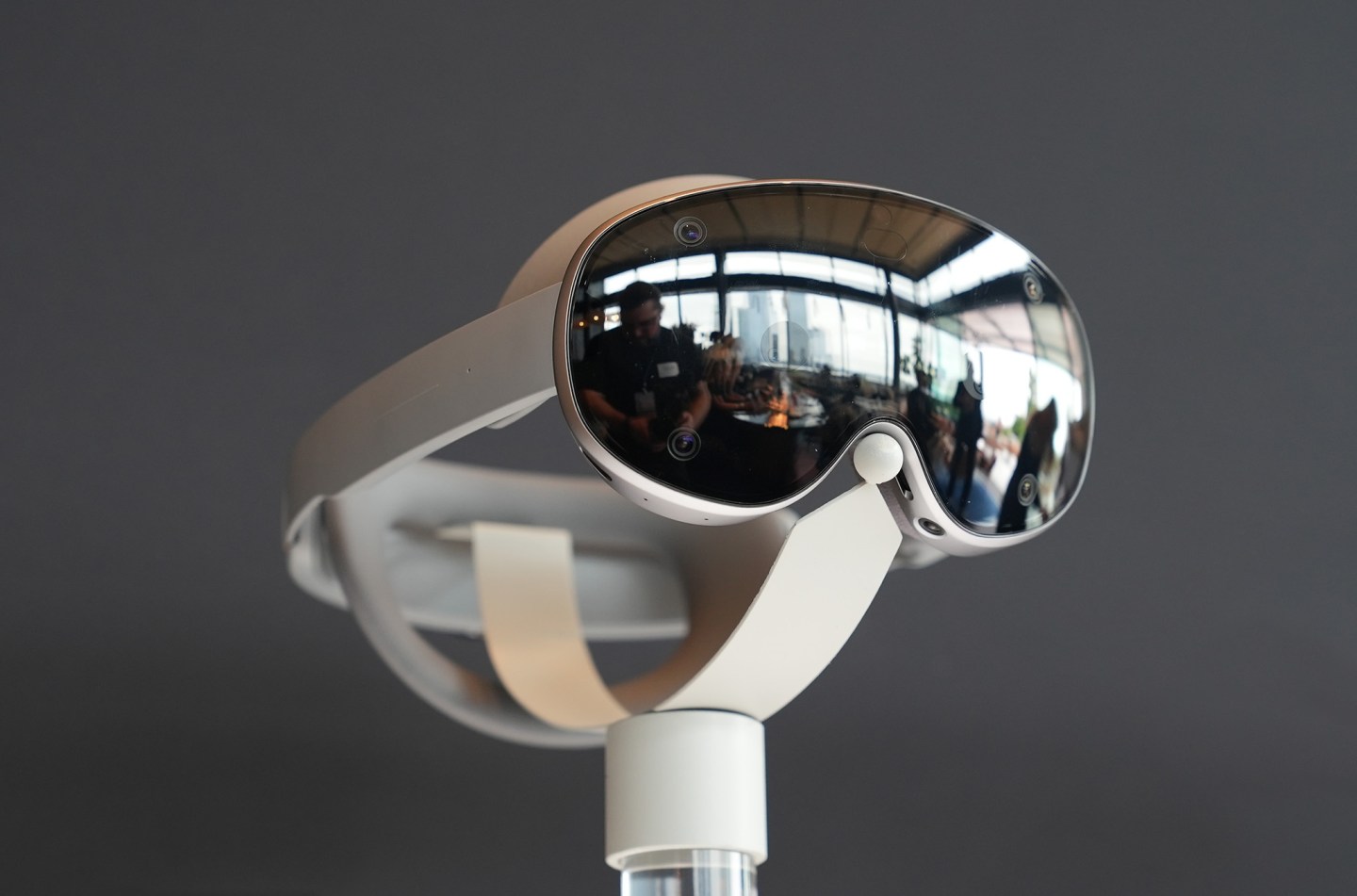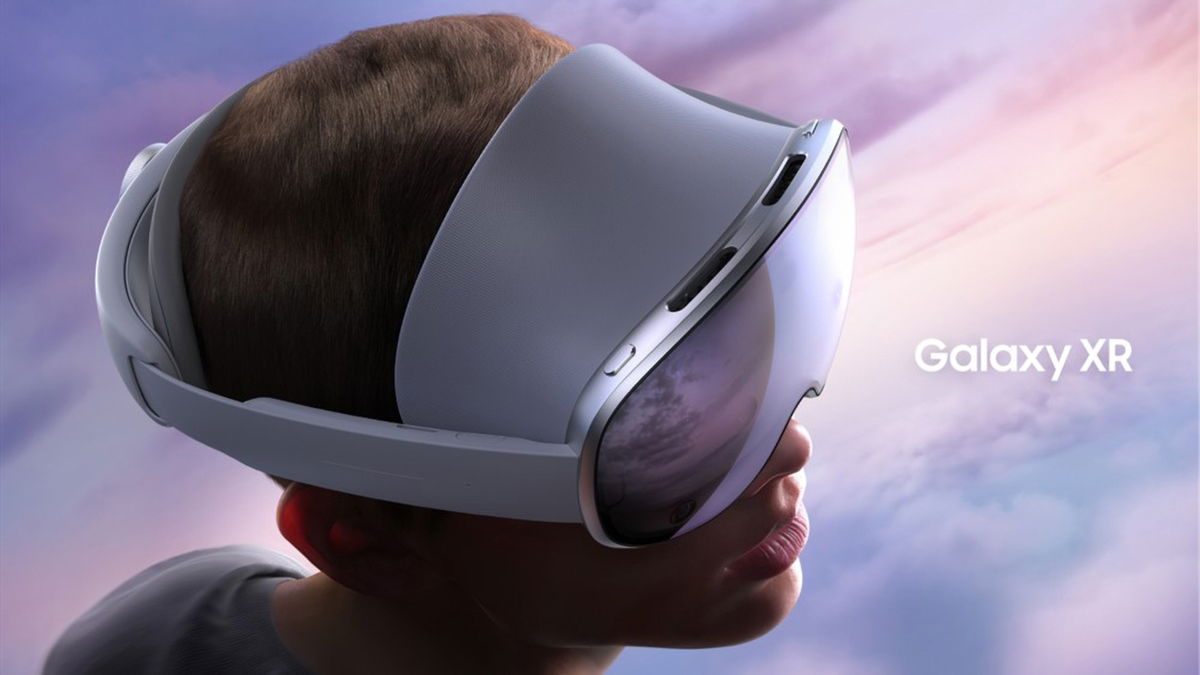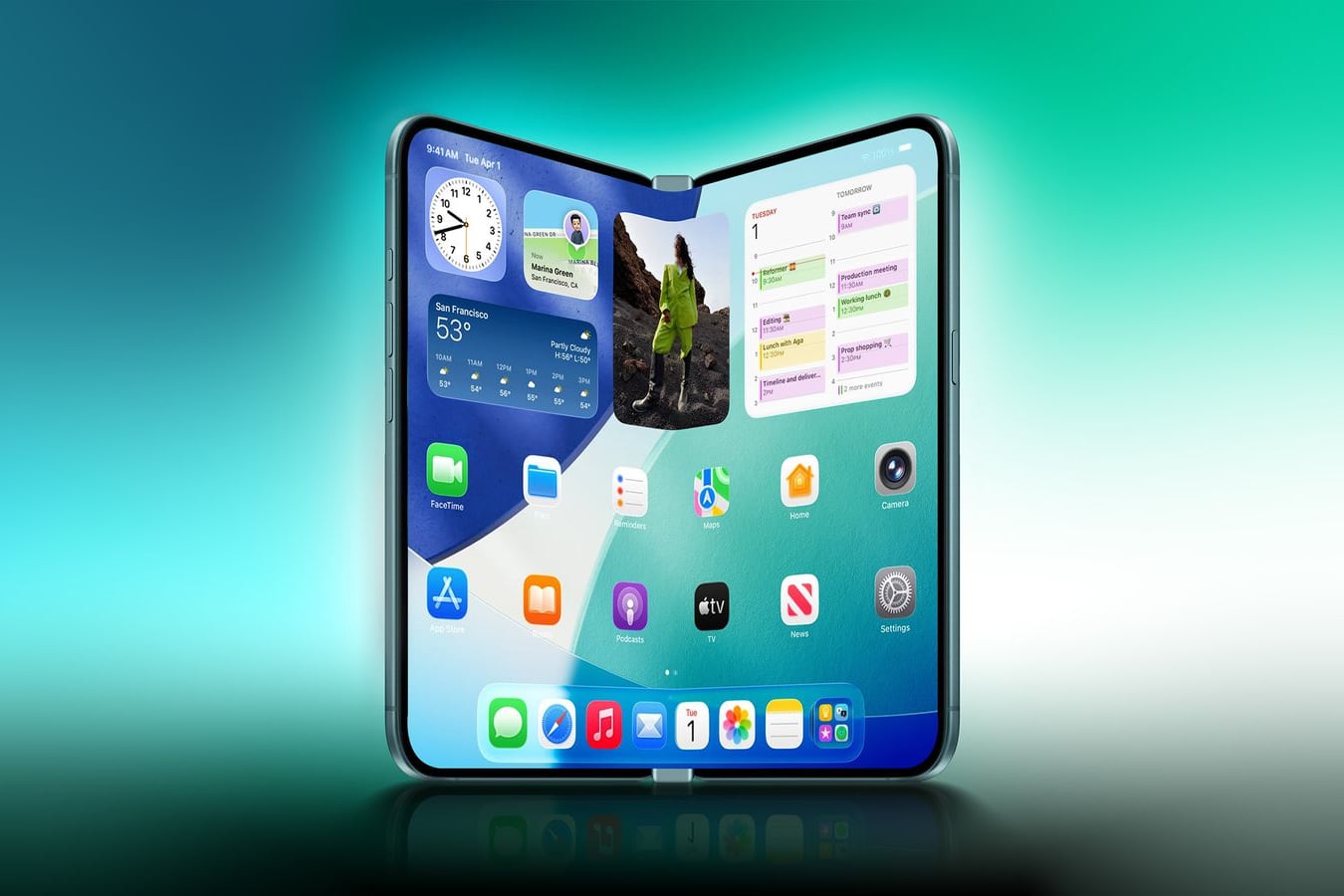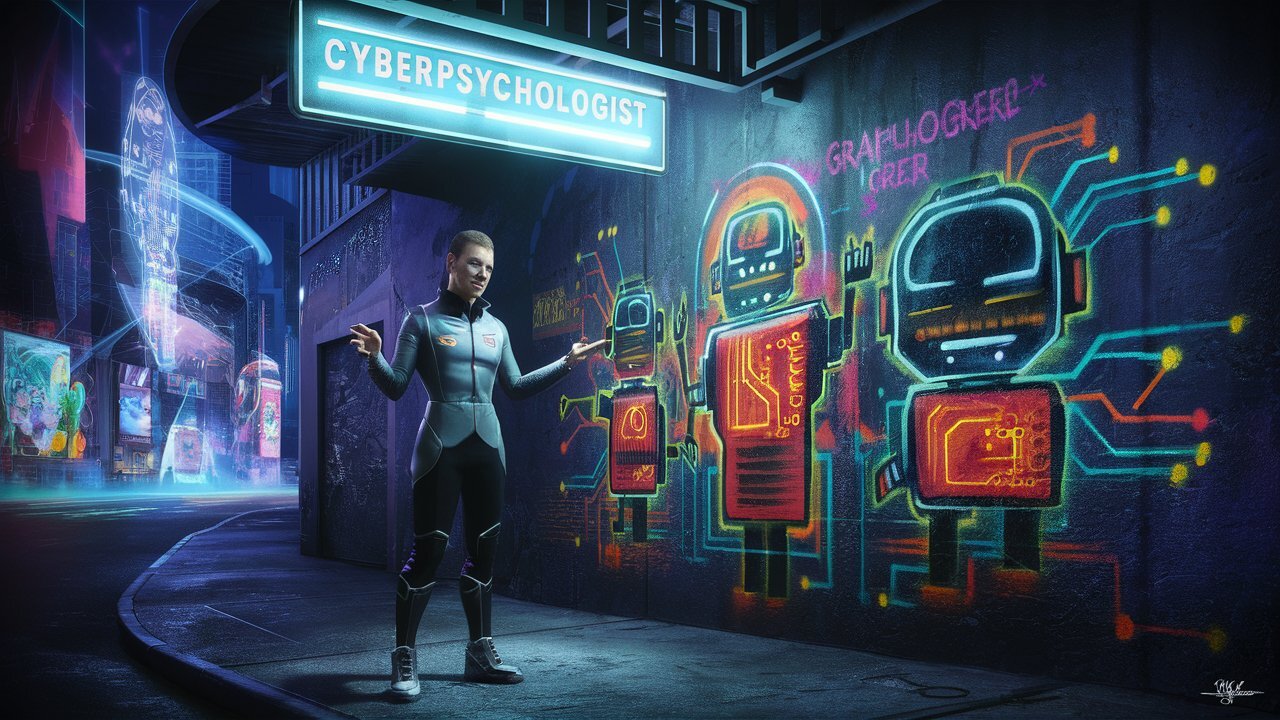Drawing on Manuel Castells’ concept of “real virtuality” and Stefano Quintarelli’s idea of “immaterial reality,” Carvalho stresses that digital experiences are now an integral part of “our social and economic interactions.” With the proliferation of connected devices expected to reach 500 billion by 2030, “the line between virtual and real environments continues to blur.”
Carvalho criticizes the tendency to view technology as inherently good or bad, and advocates focusing on how we use these tools. He notes that the design of digital products often anticipates user behavior and emotions, aiming for maximum engagement in what’s known as the “attention economy.” But the true impact of technology is also determined by our own usage patterns and choices.
The article highlights the importance of taking a critical look at our digital habits and their impact on our well-being.
Source: Ferra
I am a professional journalist and content creator with extensive experience writing for news websites. I currently work as an author at Gadget Onus, where I specialize in covering hot news topics. My written pieces have been published on some of the biggest media outlets around the world, including The Guardian and BBC News.










